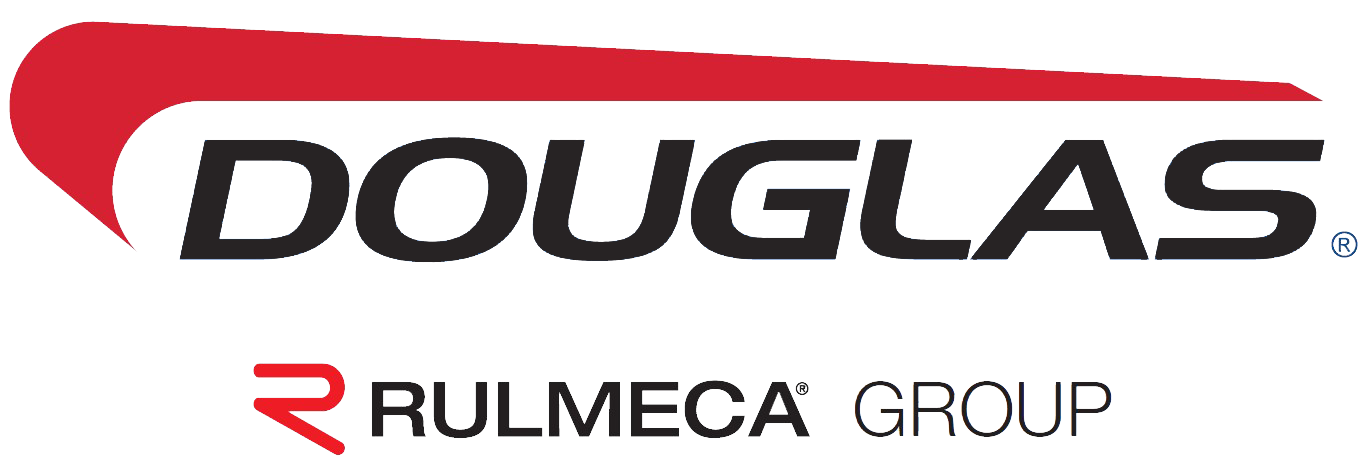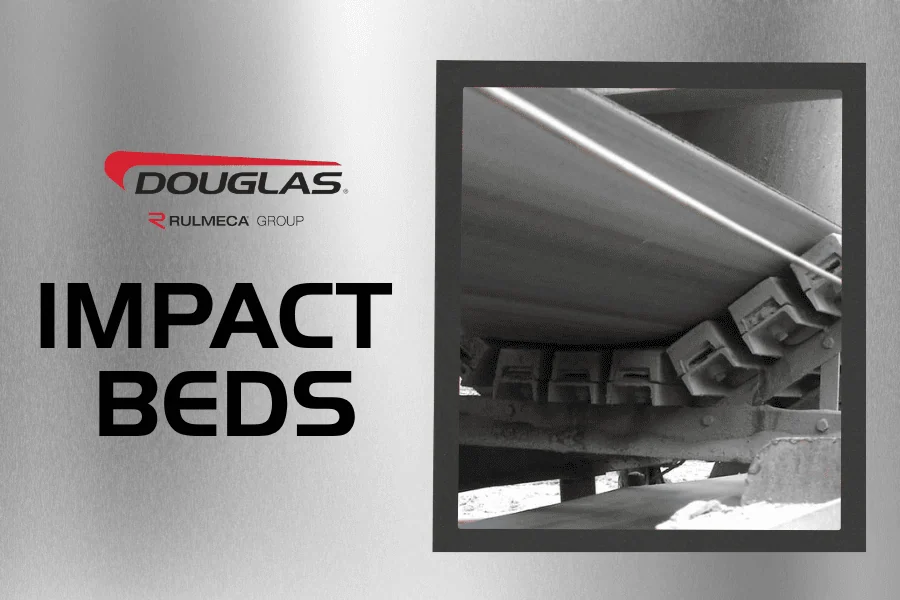Smooth Operations: Why Impact Beds are Essential for Conveyor System Efficiency
Conveyor systems are essential to numerous industries, providing efficient transport of bulk materials across various stages of production and processing. A common challenge these systems face, especially at loading and transfer points, is material impact on the conveyor. Such impacts can lead to increased maintenance requirements, downtime, and higher operating costs. Impact beds have become a widely accepted solution to address these challenges. This article explores the benefits of using impact beds in conveyor applications, providing insights into their functionality and advantages from an engineering perspective.
Understanding Impact Beds
Impact beds are specialized conveyor components installed beneath the belt at loading or transfer points. Their primary role is absorbing energy from falling materials, thus protecting the conveyor belt from potential damage and decreasing maintenance demands. Unlike traditional impact rollers, impact beds provide continuous, uniform support, promoting improved belt stability and operational longevity. Companies such as Douglas Rulmeca have advanced impact bed technologies that exemplify these benefits.
Key Benefits of Impact Beds
Enhanced Belt Protection
Impact beds significantly reduce the potential for conveyor belt damage caused by falling materials. They provide a cushioned surface that absorbs and distributes impact forces, thus preventing common issues such as belt punctures, tears, and excessive wear. Companies like Douglas Rulmeca offer innovative designs that optimize this protection, helping extend the operational life of the conveyor belt.
Reduced Maintenance Requirements
Impact beds offer substantial maintenance advantages compared to traditional support methods due to fewer moving parts. The robust and simplified structure means fewer components requiring inspection, maintenance, or replacement. Technologies from Douglas Rulmeca, which include modular and sectional designs, further facilitate ease of maintenance, reducing operational downtime and overall maintenance costs.
Improved Material Containment
Material spillage at conveyor transfer points contributes to environmental concerns, operational inefficiencies, and additional cleanup costs. By providing consistent belt support and maintaining proper alignment, impact beds significantly decrease belt sagging and the resulting material spillage. The outcome is a cleaner, more efficient conveyor system with less operational interruption. Douglas Rulmeca’s adjustable wing angles and modular systems provide effective solutions tailored to diverse operational conditions.
Increased Safety
Safety is paramount in any industrial setting. Impact beds enhance conveyor safety by minimizing spillage and belt damage risks, leading to fewer opportunities for workplace incidents or injuries related to conveyor maintenance and cleanup tasks. Additionally, by reducing the frequency of maintenance activities, exposure of workers to hazardous situations is minimized.
Versatility and Adaptability
Impact beds are highly versatile and customizable, making them suitable for diverse conveyor system configurations. They can accommodate varying trough angles and belt widths, making installation straightforward and enabling seamless integration into existing systems. Douglas Rulmeca technologies, known for their adjustable and modular designs, allow impact beds to be adapted easily to specific operational needs and conditions.
Design Features of Impact Beds
Modern impact beds incorporate several advanced design features to maximize efficiency and ease of maintenance:
- Energy-Absorbing Materials: Impact bars commonly use high-energy absorbing rubber paired with a low-friction top layer of ultra-high molecular weight polyethylene (UHMW). This combination effectively reduces shock loads while facilitating smooth belt travel.
- Adjustable Angles: Many impact beds are designed with adjustable wing angles to accommodate varying conveyor configurations, ensuring optimal material containment and belt support.
- Modular Components: Modular construction simplifies installation and allows easy replacement of individual components. This modularity significantly reduces downtime and facilitates routine maintenance activities.
Applications Across Industries
Impact beds offer practical solutions across various industries involving bulk material handling:
- Mining: In mining operations, conveyors handle heavy, abrasive materials. Impact beds protect belts from heavy impacts, prolonging belt life and maintaining continuous operations.
- Aggregate Production: Handling materials like gravel, sand, and crushed stone requires effective impact mitigation to protect belts and minimize spillage.
- Cement Industry: Impact beds are beneficial in cement plants where raw materials like limestone and clinker generate high-impact loads on conveyor belts.
- Power Generation: Coal transportation within power plants demands reliable belt support systems to minimize maintenance requirements and spillage.
Conclusion
Integrating impact beds into conveyor systems offers significant benefits including extended belt lifespan, lower maintenance costs, improved material containment, enhanced operational safety, and broad adaptability to diverse operational environments. Advanced technologies from industry leaders like Douglas Rulmeca enhance these benefits, helping industries maintain optimal performance and system longevity as conveyor systems evolve and face increasing demands.


Recent Comments